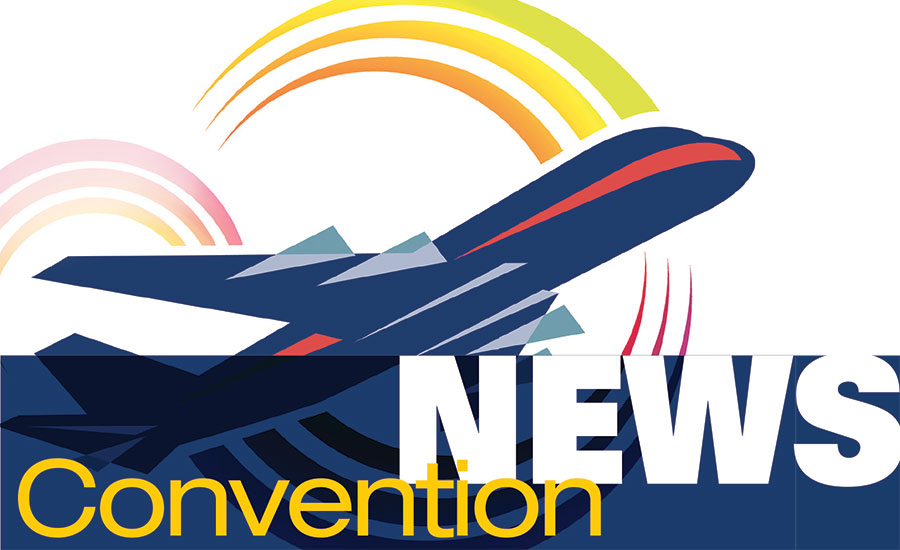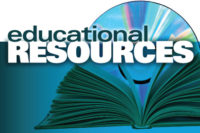The application of direct-reading instruments to assess worker exposures is fundamentally changing our ability to protect worker health. In a Monday afternoon session at AIHce, speakers Donna Heidel, CIH, FAIHA, from Bureau Veritas North America, Spencer Pizzani, CIH, also from Bureau Veritas North America, and Philip Smith, PhD, CIH, of OSHA shared lessons learned about the selection of sensors and the interpretation of data. They showcased how using these instruments currently is advancing our ability to protect worker health.
AIHA has been making efforts to build the sensor technology knowledge base, Heidel said. In 2016, AIHA convened a sensor technology summit to determine how sensors are being used today, how they will be used tomorrow and their implications for protecting worker health. A document detailing the summit is available for download from AIHA website and Heidel encourages those interested to download it.
Using unfamiliar technology can be a challenge, she said, but even more challenging can be using the data collected with the sensors. “How can all this data be better utilized to reduce exposure and protect worker health,” she asked. “How will be manage the sheer volume of data and how will we develop competencies to not only read the data but reduce exposure risk?”
Those questions are what experts from AIHA, NIOSH and OSHA are hoping to answer with their focus on education and collaboration with manufacturers and instrument vendors.




